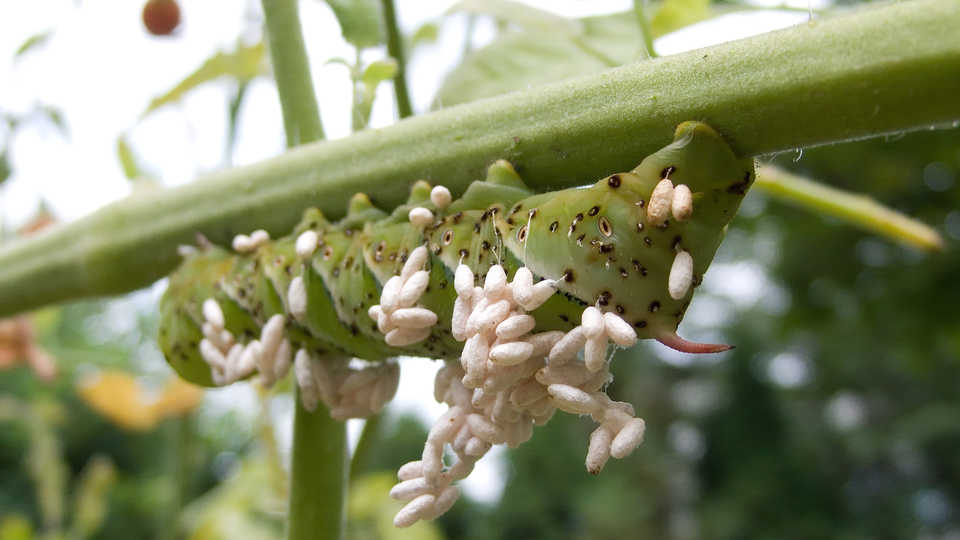Science News
Insidious Parasites

As Friedrich Nietzsche said, “That which does not kill us, makes us stronger.” Or maybe it was Kelly Clarkson. Anyway, the two of them could have been speaking about butterflies and their nasty enemies, brachonid parasitic wasps.
That’s because, according to a new study in PLoS Genetics today, scientists have discovered a bit of the wasp in butterfly genomes, specifically, a virus—the bracovirus—that may help the butterflies fight other viruses.
To reproduce, braconid wasps lay their eggs inside caterpillars and inject a “giant virus” called bracovirus to circumvent the caterpillars’ immune response. Bracoviruses can integrate into the DNA of parasitized caterpillars and control caterpillar development, enabling wasp larvae to colonize their host. This generally leads to caterpillar death, or at least the inability to metamorphose into a butterfly and reproduce.
But researchers discovered bracovirus genes in the genomes of several species of butterfly and moth, including the Monarch (Danaus plexippus), the silkworm (Bombyx mori), and insect pests such as the Fall Armyworm (Spodoptera frugiperda) and the Beet Armyworm (Spodoptera exigua). The integrated genes that were identified are not only remnants: results obtained suggest that they play a protective role against other viruses present in nature, baculoviruses.
While wasps and butterflies are related—they diverged 300 million years ago—the virus has been present in wasps for only 100 million years. So how did it get into in the butterflies—especially if the wasps typically kill the caterpillar hosts they infect with the virus? According to the authors, “…it is conceivable that some hosts might successfully defend themselves against the parasite by interrupting wasp oviposition, eliminating the eggs or killing the larvae, resulting in the reproduction of Lepidoptera (moths and butterflies) that have been infected by bracoviruses. Parasitoid wasps could also target non-host species and fail to interfere with their development.”
And butterflies are not the only ones using hijacked virus genes for good. Humans carry ancient viruses in our genes that were passed down from previous hominids and may help protect us from harmful viruses today.
Image: Stsmith/Wikipedia